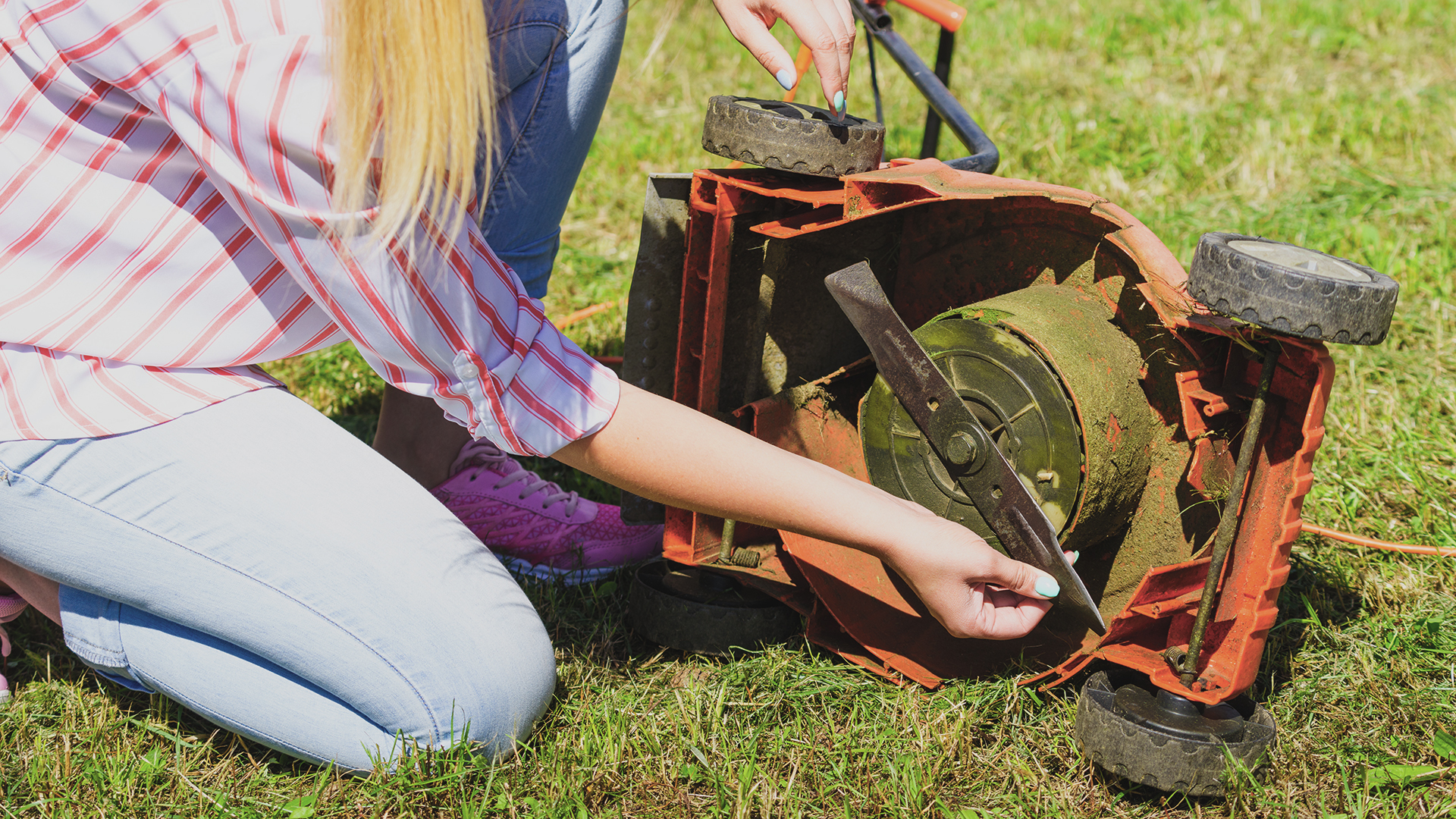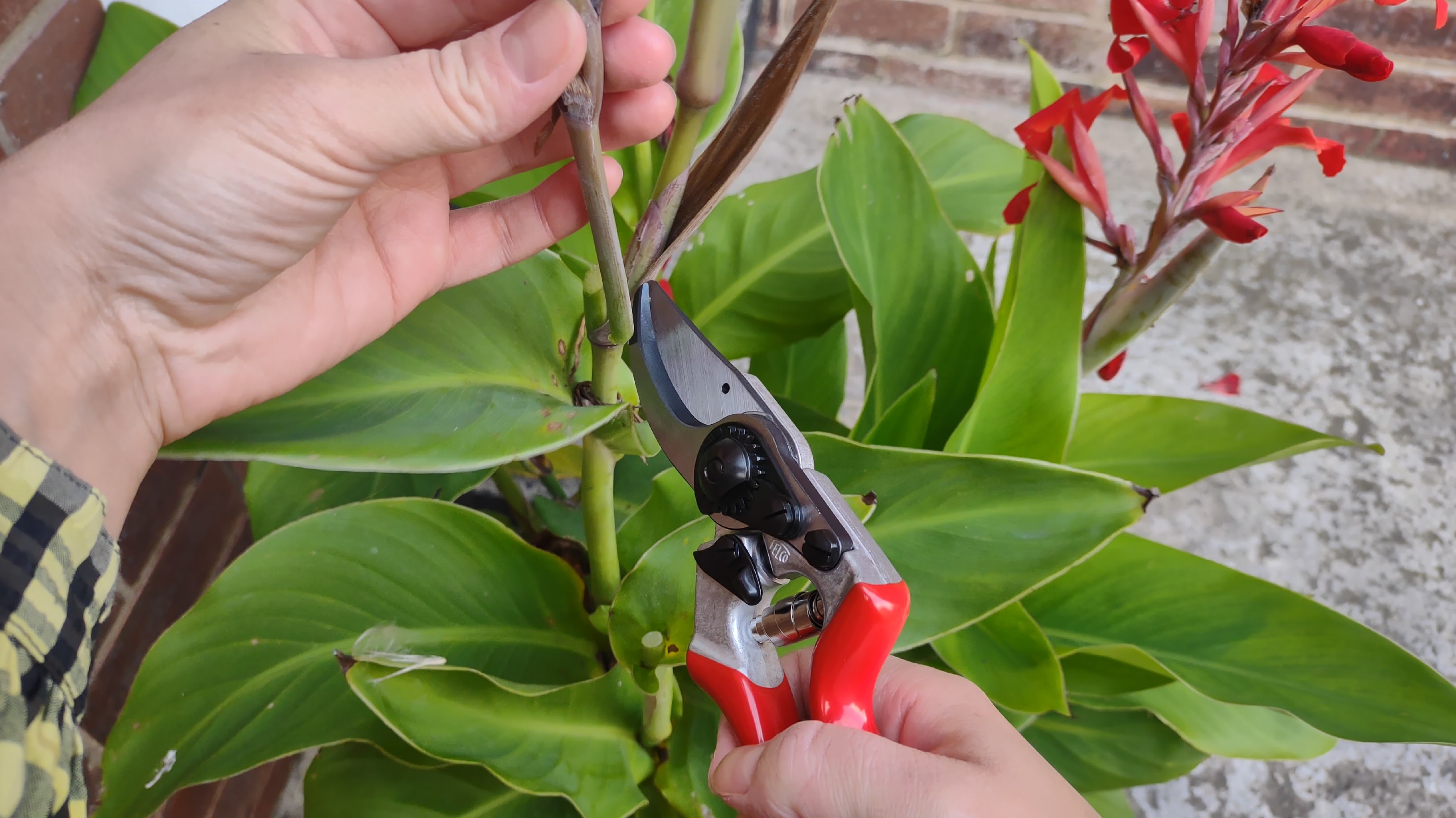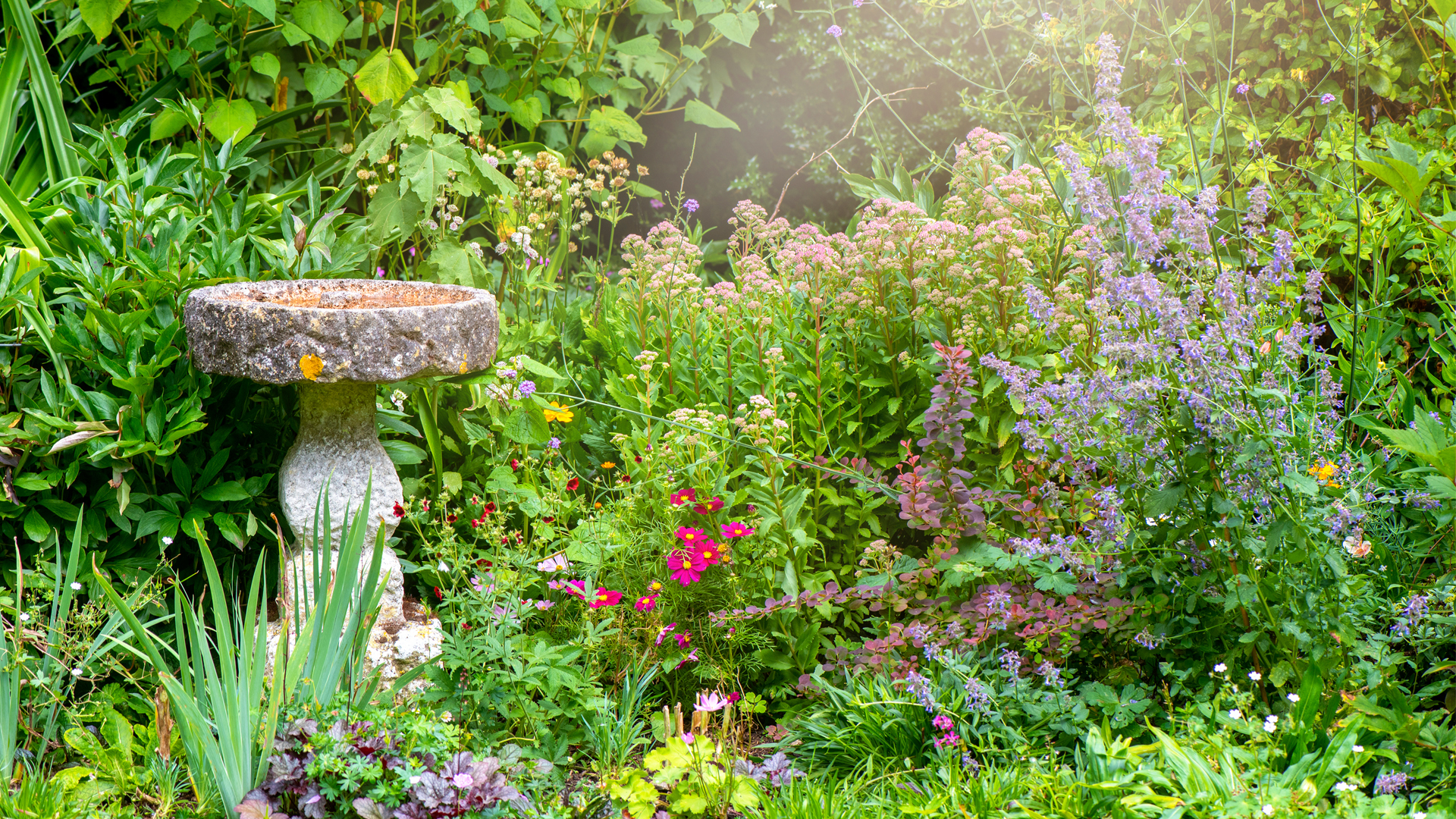June marks the start of summer vacation for many families. Whether you plan on entertaining at home or traveling around the country, these are the yard projects that you'll need to tackle first. According to the experts, some of the projects involve setting up routines and schedules to maintain your well-manicured lawn, while other projects are designed to make your yard more visually appealing—and keep it free from pests.
By following these top-tips you are going to be well on your way to fixing patchy grass and removing grass from flower beds. Heads up: you'll need to be equipped with your best lawn mower and best pruners to help get the job/s done. Read on to find out the ten yard projects to complete in June, and how to go about it.
10 yard projects to complete in June
1. Set up a watering routine
Phil Catron, president and founder of NaturaLawn of America, recommends setting up a watering routine and tells me that deep, infrequent watering (as opposed to shallow, frequent watering) serves two purposes: it encourages deep root growth, and it enhances drought tolerance. Catron recommends watering early in the morning, since he says this will reduce both evaporation and fungal growth, and says you should aim for 1 inch to 1.5 inches of water each week—making adjustments for rainfall and soil moisture.
“Consider using a drip irrigation system or soaker hoses to deliver water directly to the roots and minimize evaporation,” he says. And if you use a simple rain gauge, like this one for $11.99 on Amazon, Catron explains that you can accurately track rainfall and fine-tune your watering schedule.

Phil Catron founded NaturaLawn of America (NLA) in 1986 when he saw a great need for nontoxic, organic-based lawn care that no one else in the industry was offering or even considering and a concept his former employer wouldn’t take seriously.
Since founding NLA nearly 40 years ago, Phil has continuously led the company to be ahead of the industry curve, including developing and implementing the use of zero-phosphorus fertilizers several years before states began mandating it through legislation, as well as introducing soil testing into NLA’s agronomic programs many years before numerous states mandated it.
2. Sharpen lawn mower blades
Knowing how to sharpen lawn mower blades will help to maintain the mower, and will ultimately help you to look after and care for your lawn.
“During the hot summer, keep your mower blades sharp and set the cutting height to the maximum to ensure a clean cut,” Catron advises. When you cut grass with dull blades, it weakens the lawn, making it more susceptible to diseases and pests. Also, you may have a set configuration for how you cut your lawn; however, if you vary the mowing pattern, Catron says this will prevent soil compaction and promote even growth. “Taller grass shades the soil, helping to retain moisture and deter weed growth,” he says.

3. Check for bare spots
Bare spots in your lawn can be caused by urine from pets or other animals, grubs and other insects, as well as fungal spores, spilled chemicals, and more. Regardless of the source, they can be quite unsightly. Catron says bare spots require some extra care in the form of grass seed. “Lightly rake the seed into the soil and ensure it remains moist until germination begins,” he says. “This approach will help fill in the gaps and maintain a lush, vibrant lawn.”

4. Establish a mowing schedule
In June and July, Catron says your grass may go dormant, which will reduce the need for weekly mowing. “Wait until the lawn resumes growth and moisture returns before mowing again,” he advises. Make sure the grass is dry to prevent clumping. Also, Catron says you should avoid mowing during peak heat, to reduce stress on the grass. “If you irrigate your lawn, maintain the recommended cutting height of 3 to 4 inches and avoid cutting more than one-third of the grass blade at a time to prevent stress,” he says.
It's also important to mow the lawn at the correct time in the day Morris Hankinson, lawn and garden expert, recommends that the best time of day to mow any lawn is mid morning or late afternoon.
"If you mow too early in the morning, not only will you annoy your neighbours but the grass will be wet from dew. And if you leave mowing until midday it will be too hot and cause the grass stress. So generally between 8am to 10am or 4pm to 6pm is ideal."

Morris Hankinson is the Founder and Managing Director of Hopes Grove NurseriesLtd, the UK’s only specialist grower-retailer of hedging plants.
5. Find time to fertilize
“June is the ideal time to apply an organic, slow-release, balanced fertilizer to promote healthy growth and vigor,” Catron says. He recommends following the manufacturer’s application rate guidance and watering lightly after fertilizing to activate the nutrients and help them penetrate the soil. “Avoid fertilizing during drought or extreme heat to prevent stressing the grass and risking fertilizer burn,” Catron says.
6. Get back to pruning
During the month of June, you should also engage in pruning activities. “In June, pruning would typically focus on promoting healthy growth, maintaining shape, and removing any dead or diseased branches,” Catron says. He recommends trimming overgrown shrubs, hedges, and trees to create a neat and tidy appearance. “Remove dead or diseased branches and shape plants to enhance their aesthetic appeal.” However, before starting, he recommends researching specific pruning requirements for each species. “Also, consider factors such as growth habits, flowering times, and overall health.”

7. Add mulch to spruce up your yard
This is also the time to apply new mulch to flower beds and around trees to suppress weeds, retain moisture, and improve the visual appeal of your landscape. “Cedar mulch can also serve as a natural mosquito repellent,” Catron explains. You can find Cedar mulch at Walmart, with prices starting from $13.50.
8. Add appeal to your garden beds
This is the time for your garden beds to shine. “Weed garden beds, add compost or mulch to enrich the soil, and plant seasonal flowers or vegetables for color and interest,” Catron says. He also recommends arranging potted plants strategically to add visual appeal to your outdoor space

Meg Pearson is the Training Manager at Critter Control. She is an expert source in wildlife control and pest control. She can speak to rodent and other wildlife issues within the home and garden, and the costs associated with preventing and addressing these, as well as the risks pests pose to our families and pets.
9. Keep an eye out for birds
You’ll probably see (and hear) plenty of birds in June, and while they’re melodic, if they eat your plants and roost in your trees, you may consider them a nuisance. “Birds on your property can sometimes become a problem during nesting season, starlings and chimney swifts, especially,” says Meg Pearson, training manager at Critter Control. In addition, she says they may nest in your attic, chimney, in dryer vents or pipes. Be sure to check around your home’s exterior to ensure you’re not inadvertently providing shelter.
10. Don't feed the animals
Depending on where you live, Pearson says June can be a time of animal activity in your yard. “Groundhogs, armadillo, gophers, moles, chipmunks, raccoons, or skunks can all dig and burrow, causing damage in the yard,” she warns. Since they’re looking for food, water, and shelter, Pearson recommends removing as many of these resources from your property as possible. “Limit access to food sources by securing garbage cans, keeping pet food inside, and cleaning up after barbeques and cookouts,” she says.
For more ways to prepare the yard during June, check out the best outdoor furniture deals to create a sitting space for less and these lawn mower deals to upgrade your mower (if you need) for a discount.


